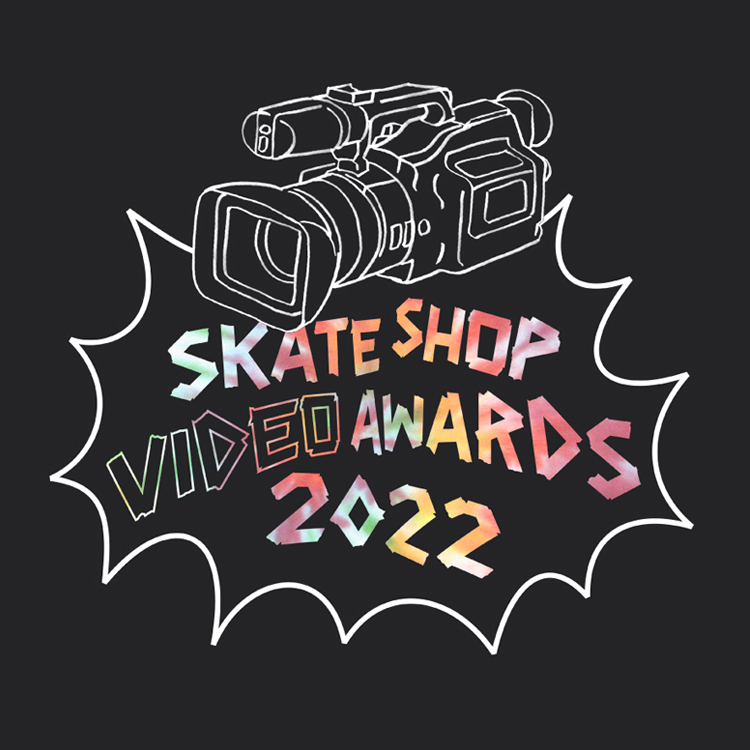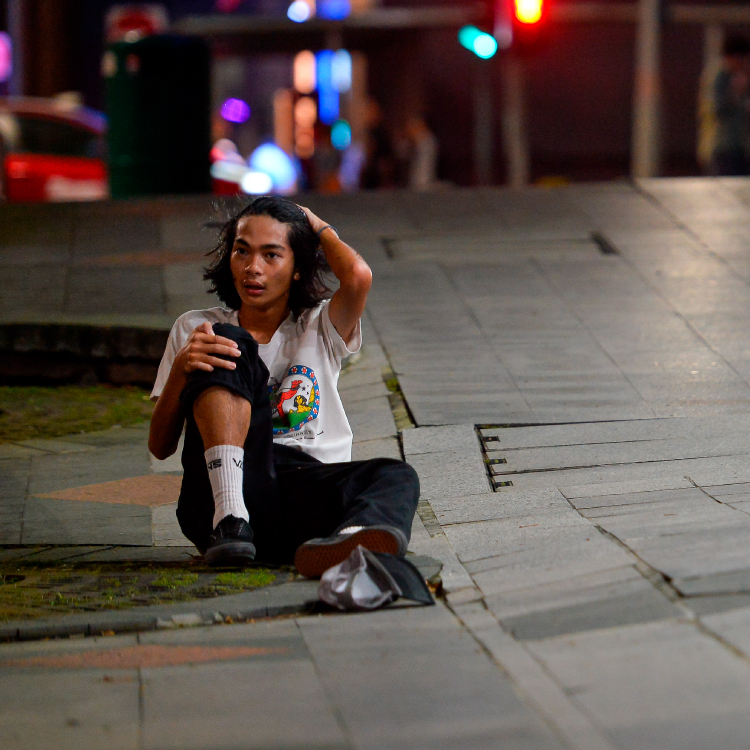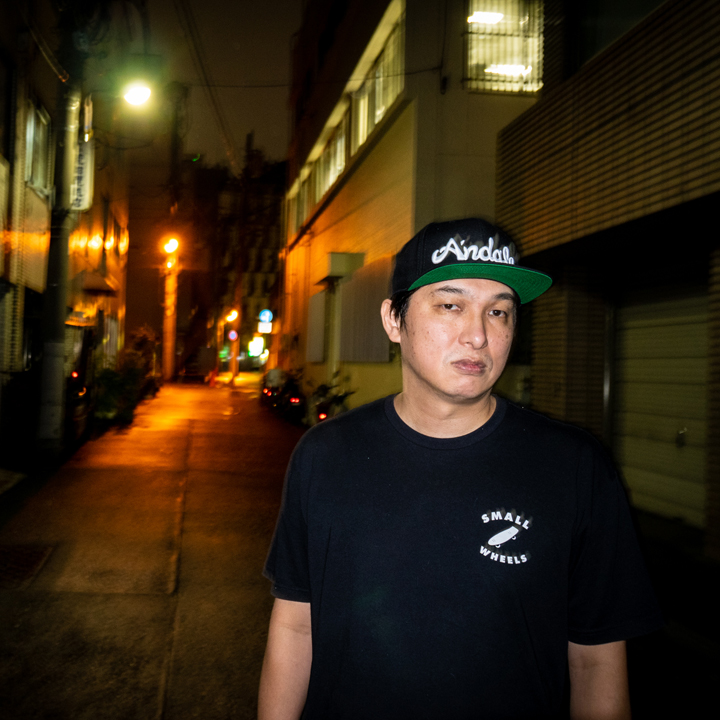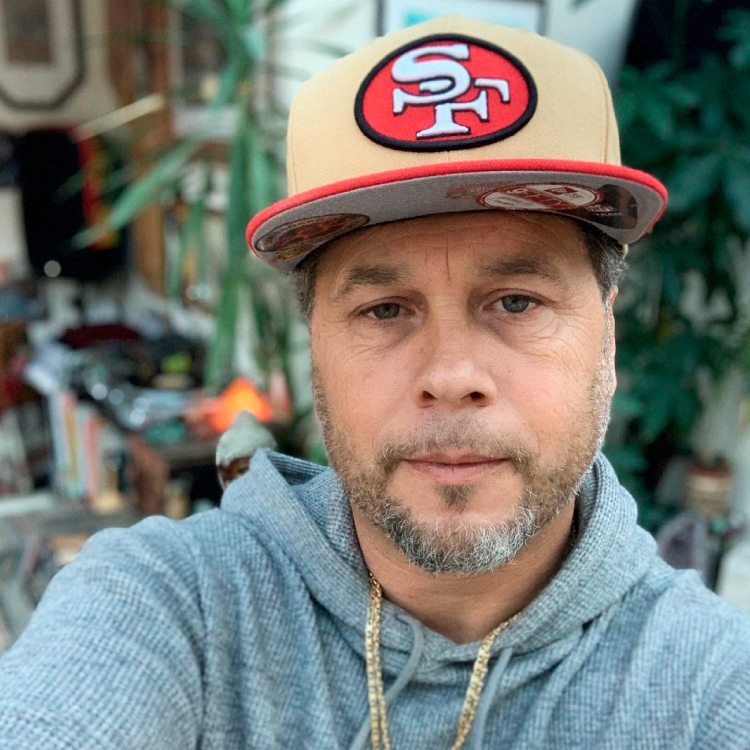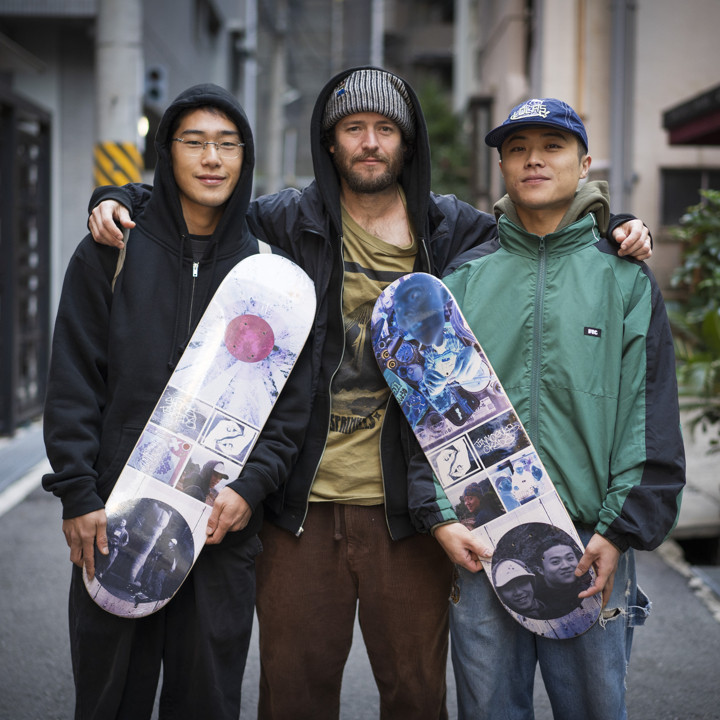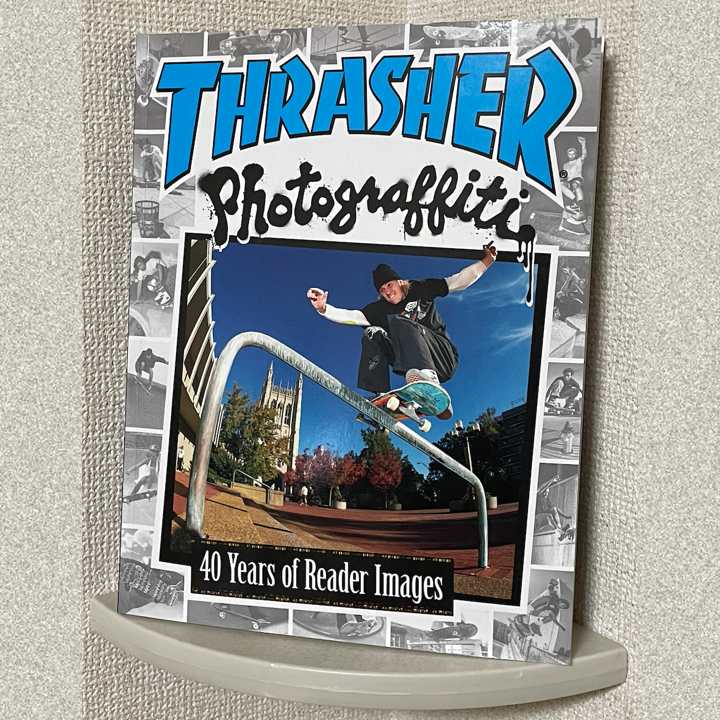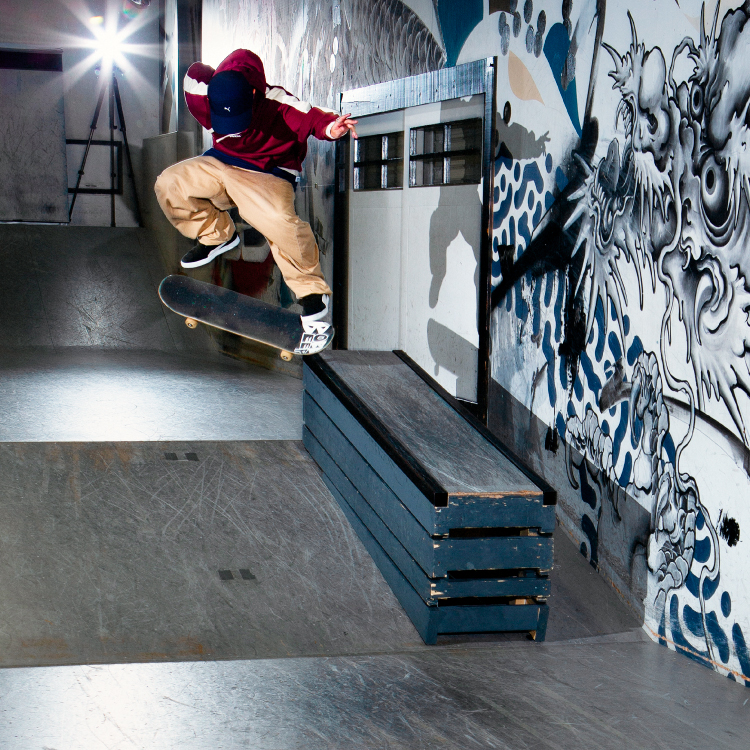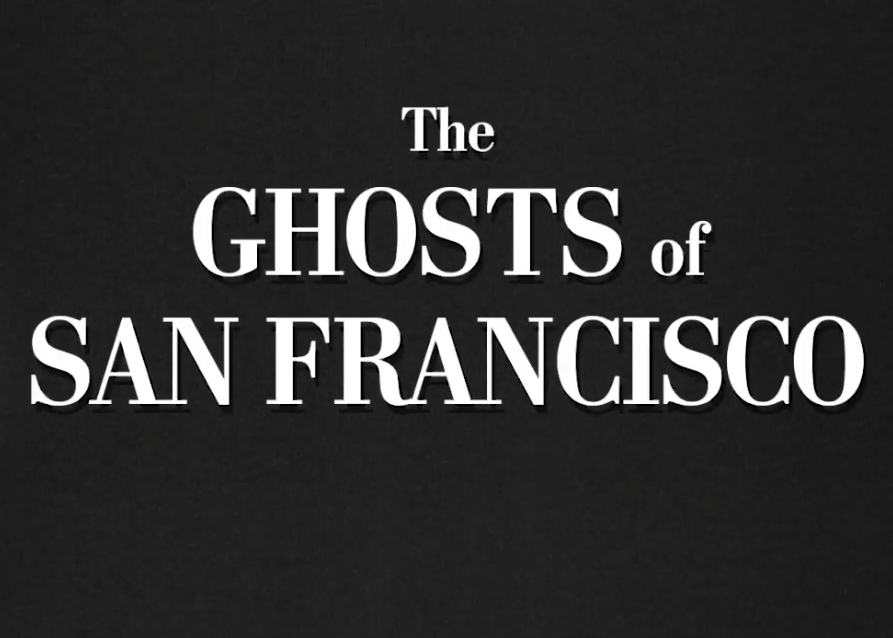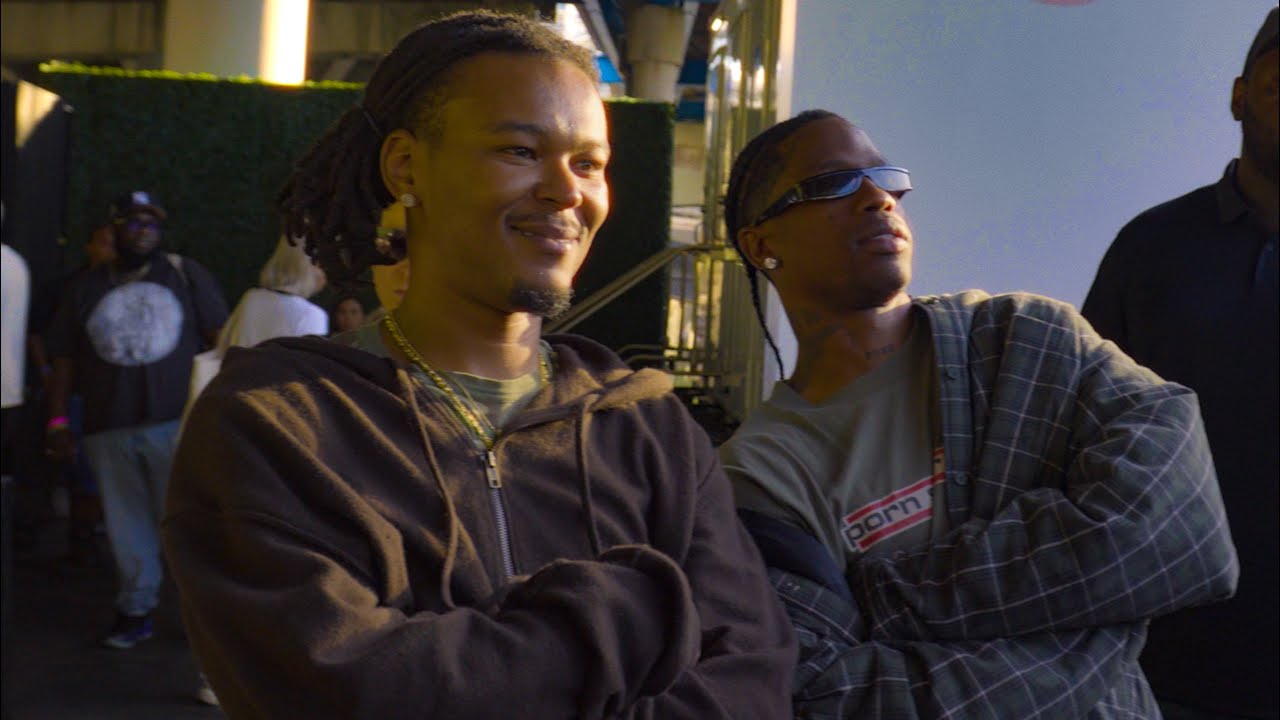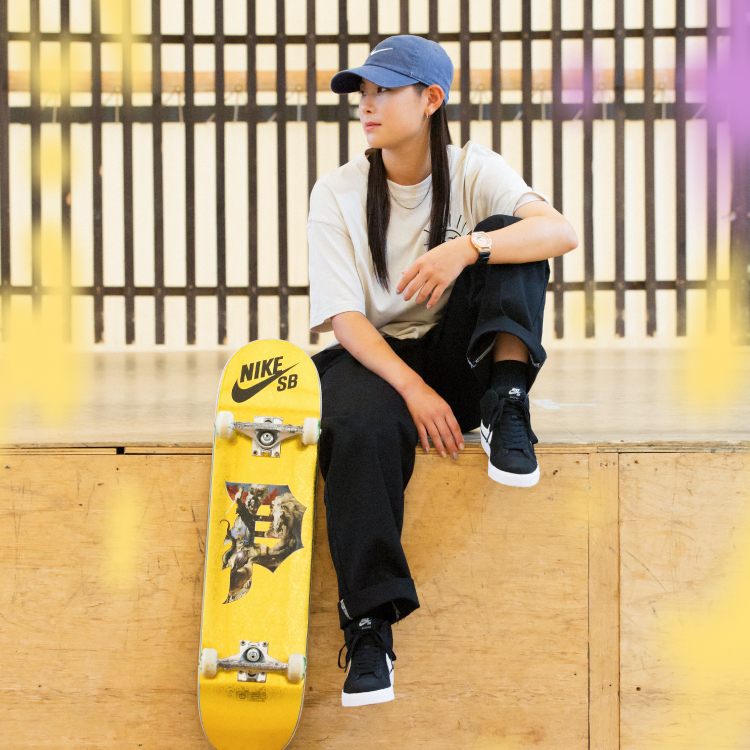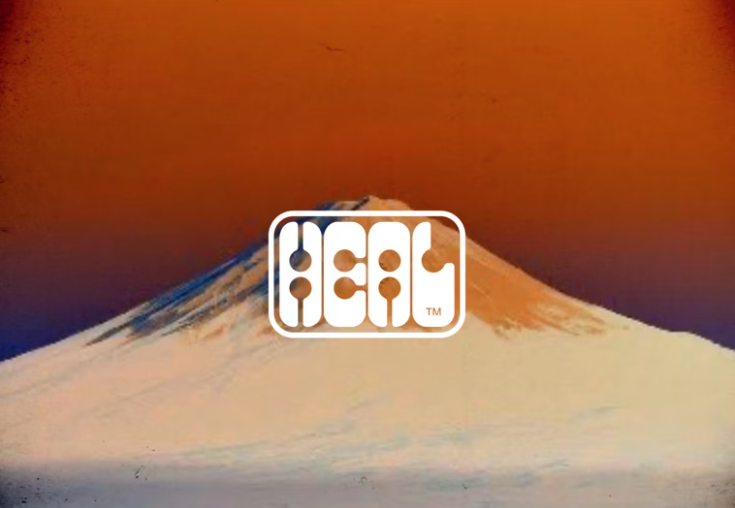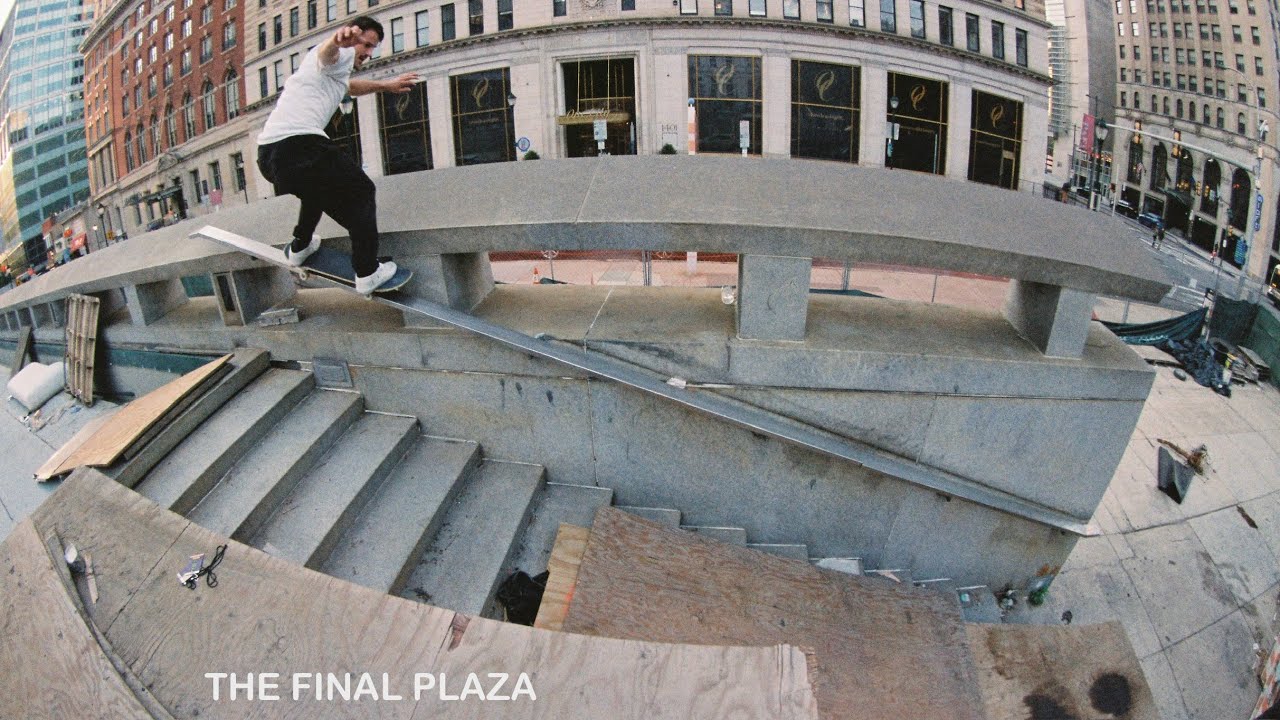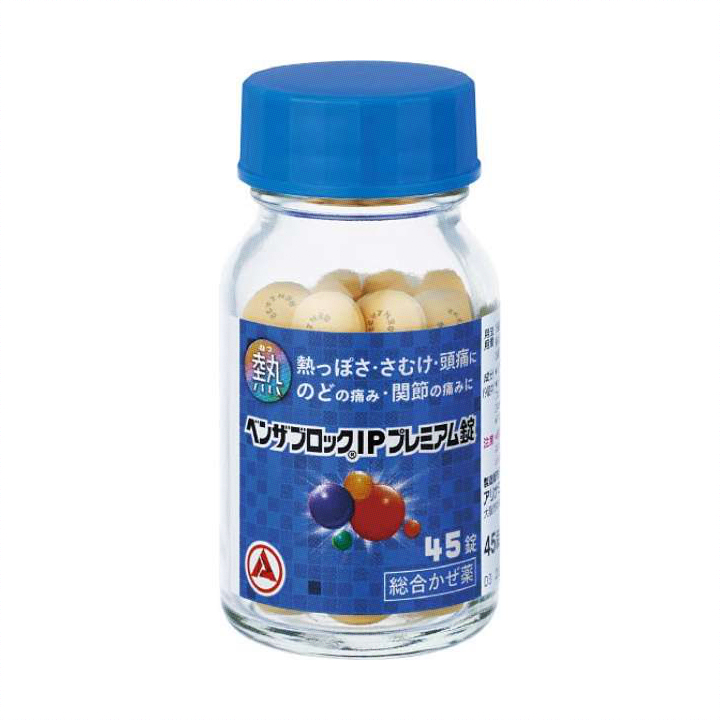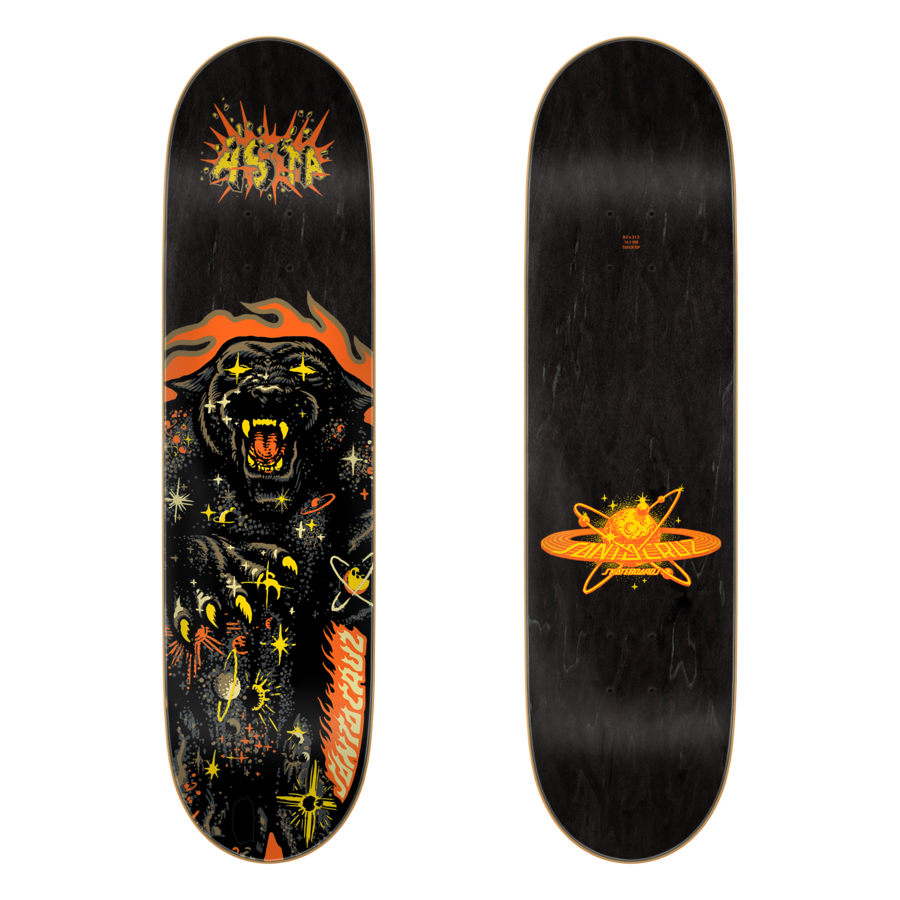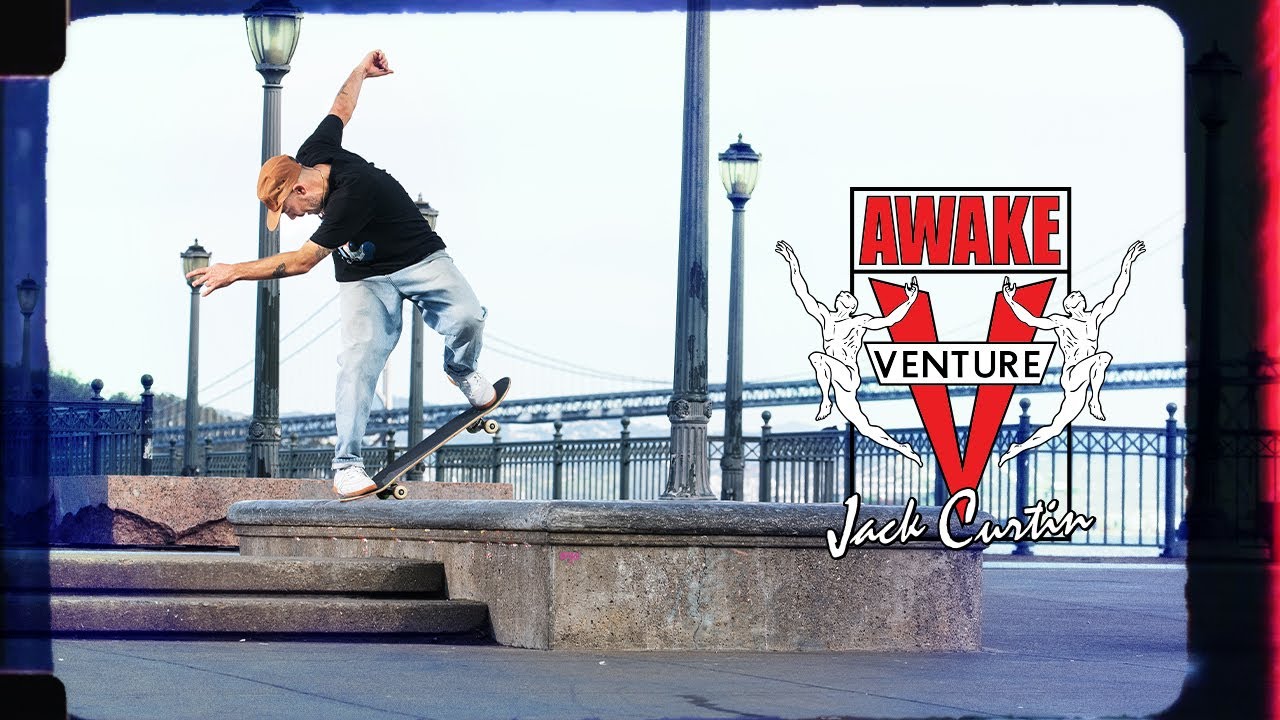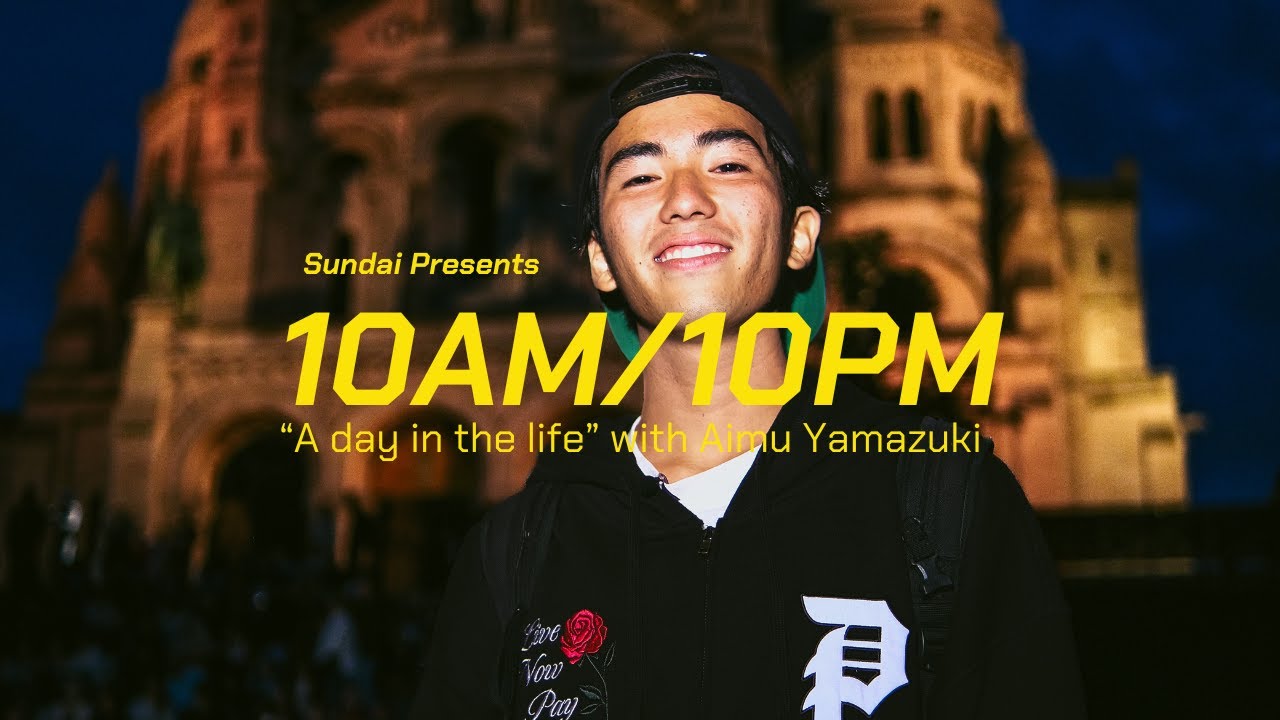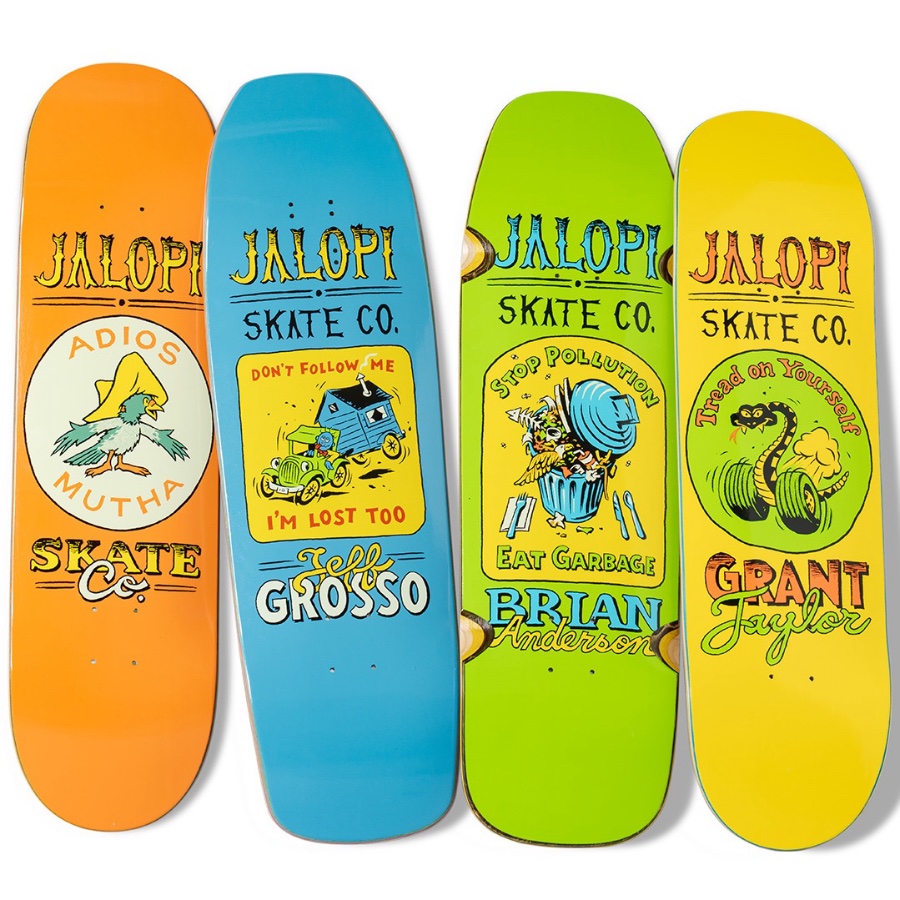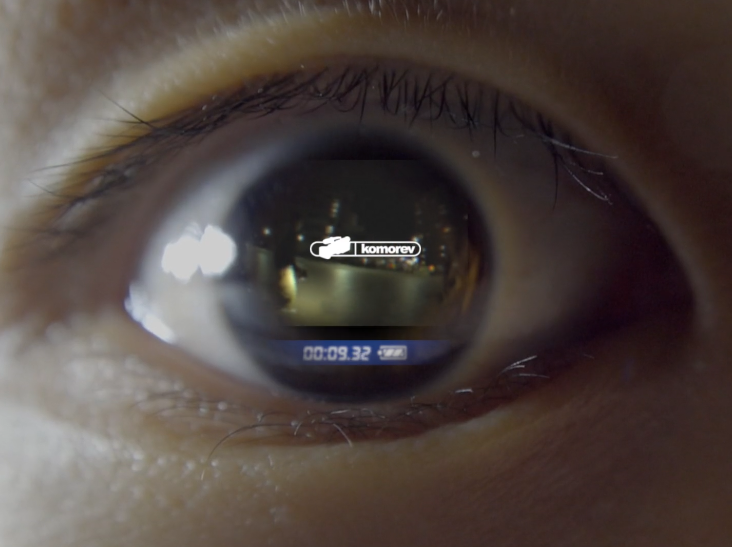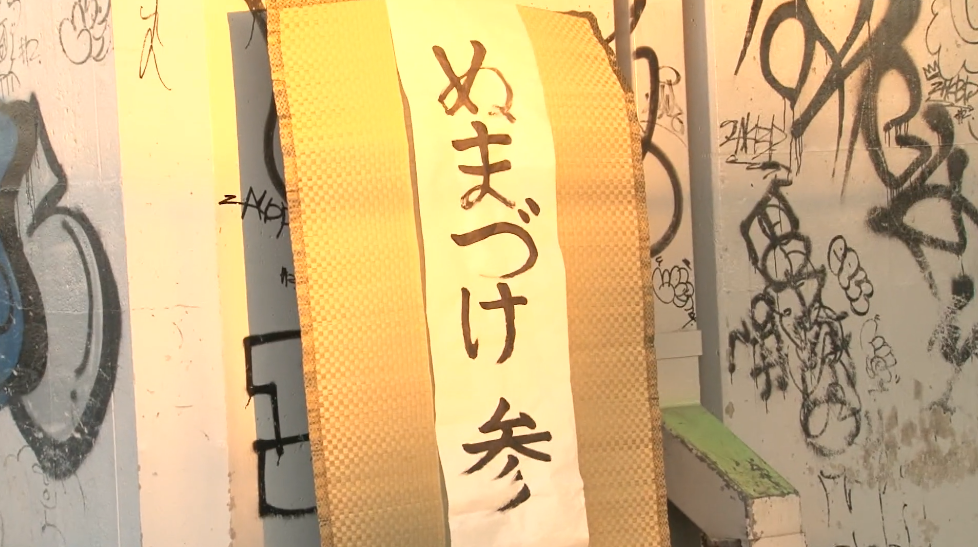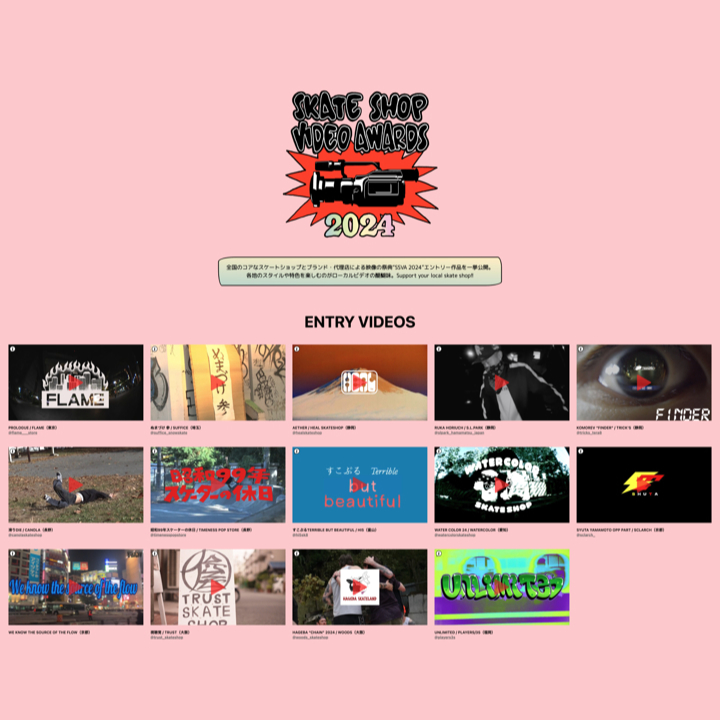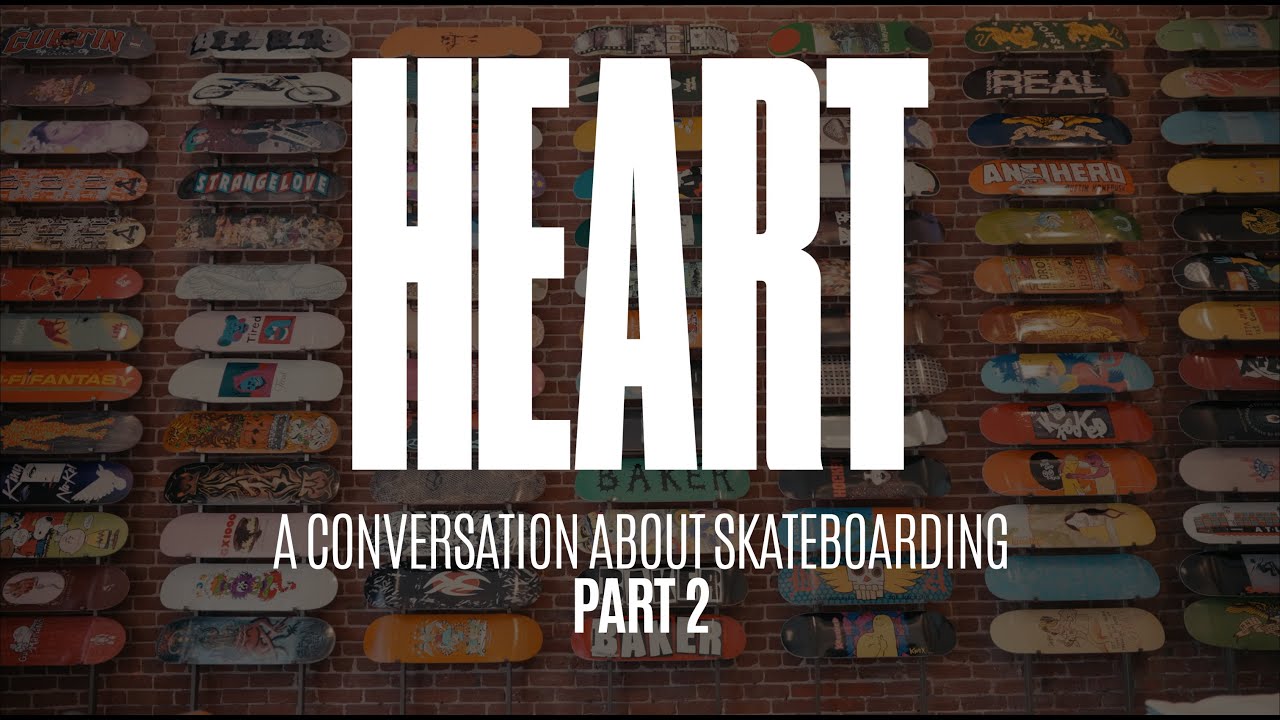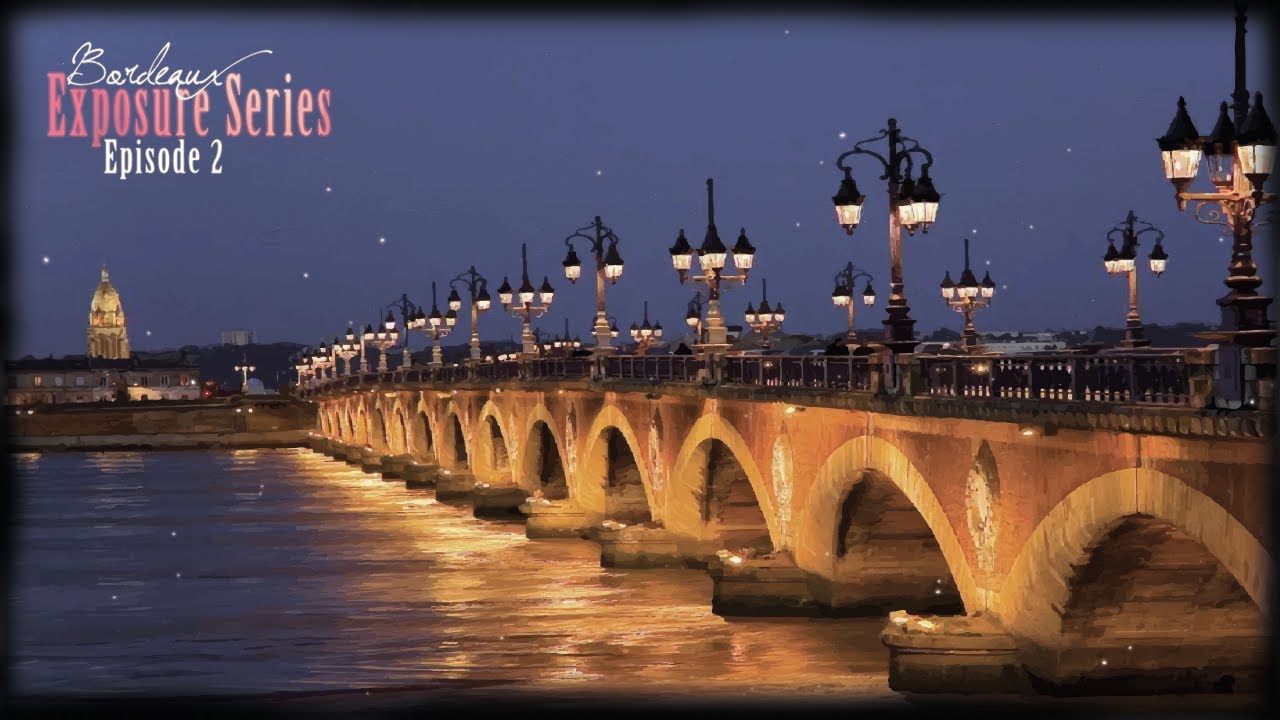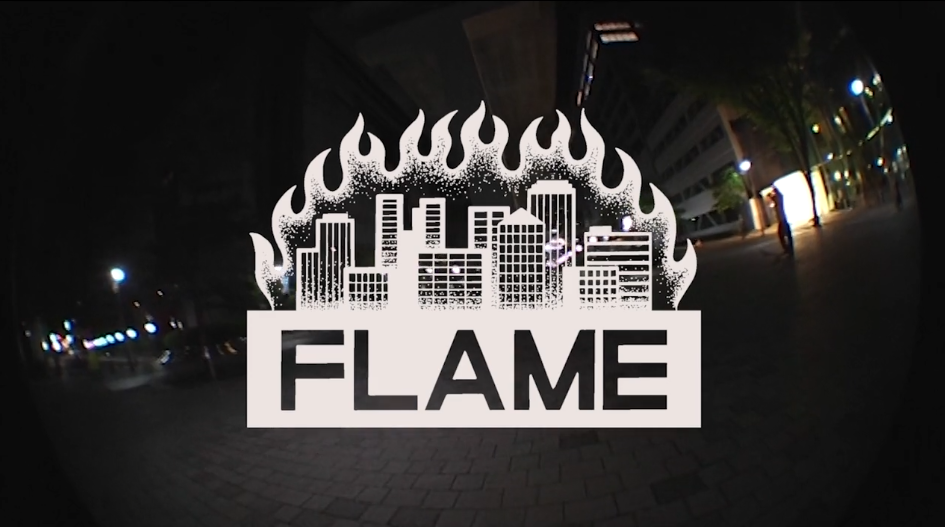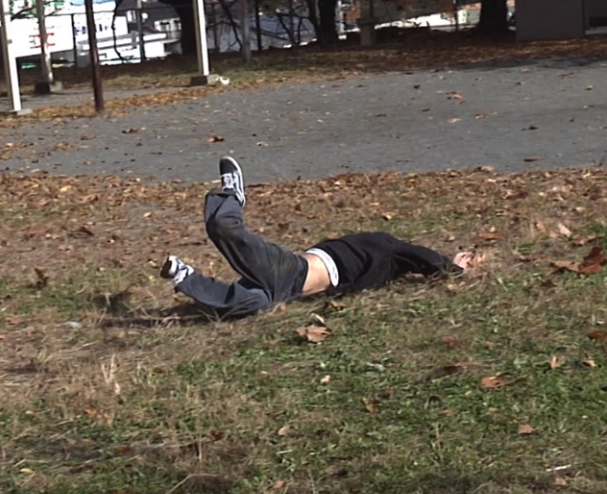Moto Shibata is a globally active vert skater who rides for brands including Hosoi Skateboards and G-SHOCK. He's also the X Games gold medalist with technique and style.
──MOTO SHIBATA (ENGLISH)
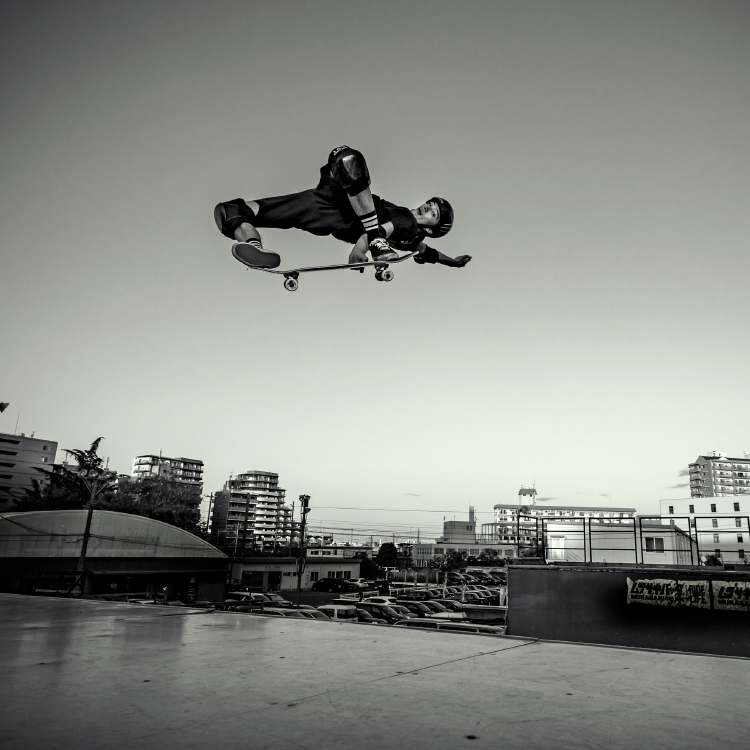
[ JAPANESE / ENGLISH ]
Photos_Yoshiro Higai
Archive photos courtesy of Moto
Special thanks_Simple City
VHSMAG (V): How did you get into skating in the first place? Your dad was a big influence, right?
Moto Shibata (M): My dad used to skate in the 70s, and he stopped skating when I was born. So there were contest and Animal Chin videos lying around in the house before I started skating. When I was in the third grade, I decided I wanted to skate and I took my dad's 8-inch Santa Cruz board and started learning tic-tacs behind the house. Then he bought me a board that fit my body size and I started practicing, and it made him want to skate again. We built a quarterpipe together. Then, more and more of my classmates started skating, and we started hitting the streets in the neighborhood. When I learned the basics, I started going to a skatepark. Then my dad started skating vert again. People of the same generation as my dad started skating again at the same time. I had been watching them for a long time, so skating vert became a normal thing for me. I was influenced by the way they skated, or the way the skaters skated in the 80s videos. You know, tricks like inverts and one-foots instead of kickflips.
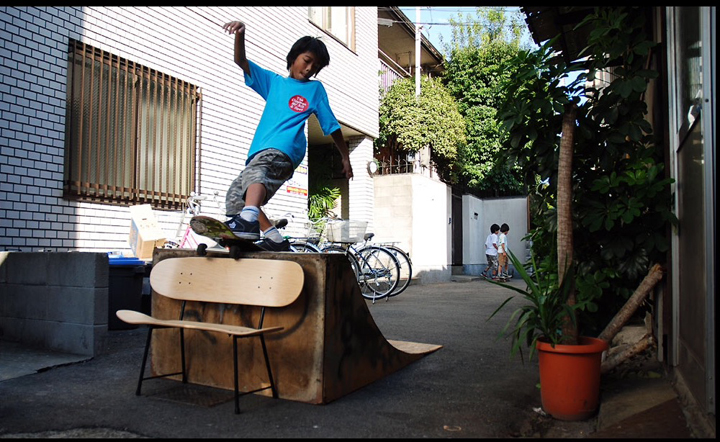
V: By the way, is the skateshop Simple City your home?
M: That's right. This was originally a motorcycle shop. My dad rode Harleys and it was a custom bike shop. Then it turned into a skate shop in 2006. After that, my dad became so into skating that he hardly touched his bike. From the outside, it might seem like he's skating because of me, but we're just skating together. He never taught me how to skate, and I skate the way I want to skate. Some people may think differently, but we've always been like that.
V: You grew up watching 80s skate videos. Who were some of the skaters you were influenced by?
M: Basically, there are certain skaters who are cool for particular tricks. For example, Christian Hosoi for method, Tony Hawk for Madonna and so on. For smithgrind, it was Caballero. My total favorite was Hosoi and Bucky Lasek. I could go on and on.
V: There used to be a skatepark called Ascot in Nanko Osaka, and I think your dad used to skate there. Did you know about the vert skaters in Osaka like Agoro (Toshiyuki Noda) and Tsutomu Miyazaki?
M: Of course. We've skated together. My dad is older than them and they kind of look up to him, so they used to see me as a skater too. The first time I dropped in on a 13-foot vert ramp at G Skatepark, Tsutomu happened to be there. "I'll push you off the ramp. That'll make it easier." That's what he told me (laughs). After that, we skated together here and there. Agoro is the same.
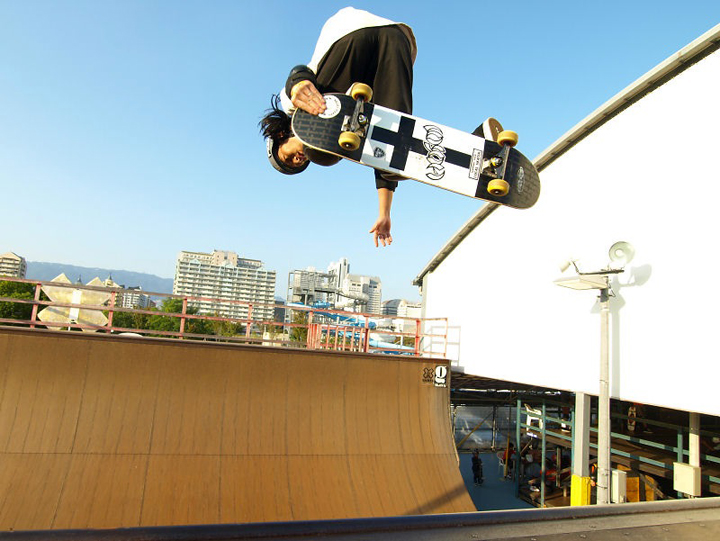
V: I don't think there are many vert skaters in Japan. Did you have anyone who you can feed off of each other?
M: When I started skating vert, there were no pros around but there were people in my dad's generation who used to skate at Ascot. And since G is the only place you can skate vert, everyone gathered there. There was a vert skater two years older than me. My impression is that it was more vibrant back then. It was a natural gathering of people who genuinely liked skating vert. The atmosphere is a little different now. The people who were skating in the 80s are still skating in the US, but in Japan, people are quitting... A lot of the people who were skating in the 80s are gone. There are almost no vert skaters in my generation. Nowadays... it may not sound good to say this, but there are parents next to the ramp like coaches, and the kids skate... I know it's a different time and that may be the current form, but if you go to California and skate, you'll still find people like Tony Hawk, Kevin Staab, and Caballero. There are many people from the 80s that still skate. And the generation after them respects them. It's been going on for so long that even the little kids never interrupt their turns. It reminds me of the atmosphere when I first started skating vert. I think this is how it should be.
V: Yeah, vert skating has been going on for generations in the US.
M: For example, everyone knows the history of vert skating. When I'm in California, conversations like that remind me of when I was little. Pros like Andy MacDonald knows so much that I'm like, "Are you serious?" The reason why skating in California is fun for me is because we all know about vert skating and we have similar views on skating. You know, like we all know certain lines. That kind of thing is fun. If Japan's vert history had continued, it might have been the same as California, but generations change and people leave skating. So I guess it's inevitable that vert skating will become more like a sport in Japan. Japan has Japanese type of skating, and the US has their type of skating. They may never be the same. It's not that we're behind, it's more that too many people here don't know the culture.
V: What made you travel overseas to skate in the first place?
M: My first overseas competition was the Asian X Games in Shanghai that I was invited to when I was 13. After that, I went to the amateur contest at the X Games in LA in 2009. There were skaters like Pedro Barros, who I still skate with at the X Games.
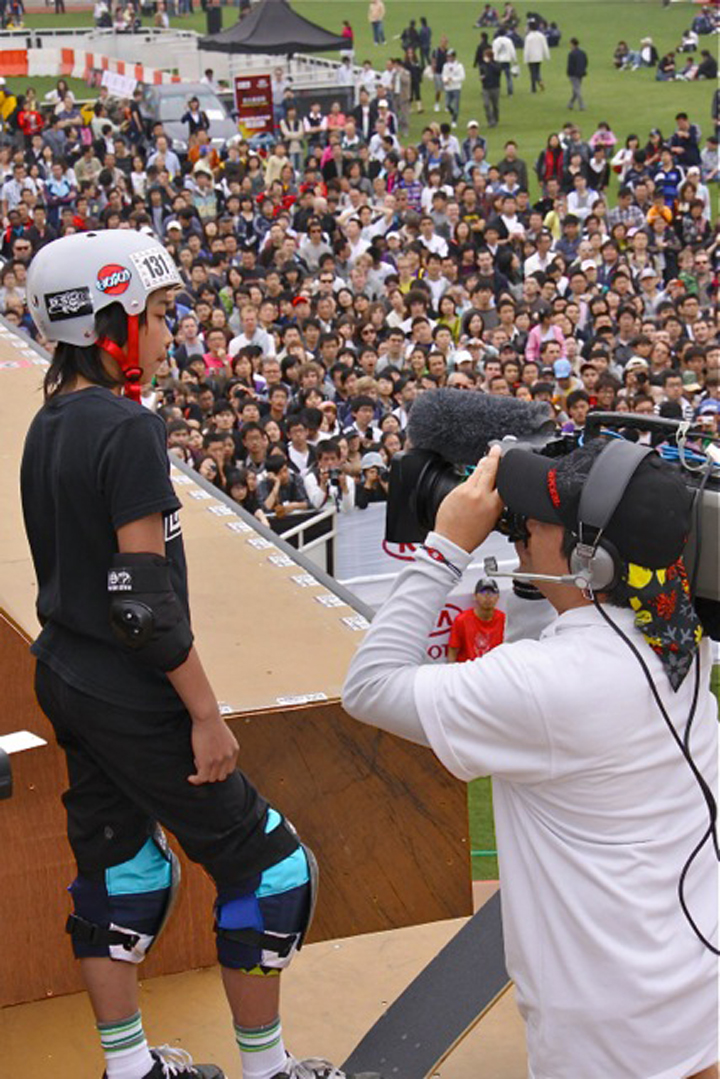
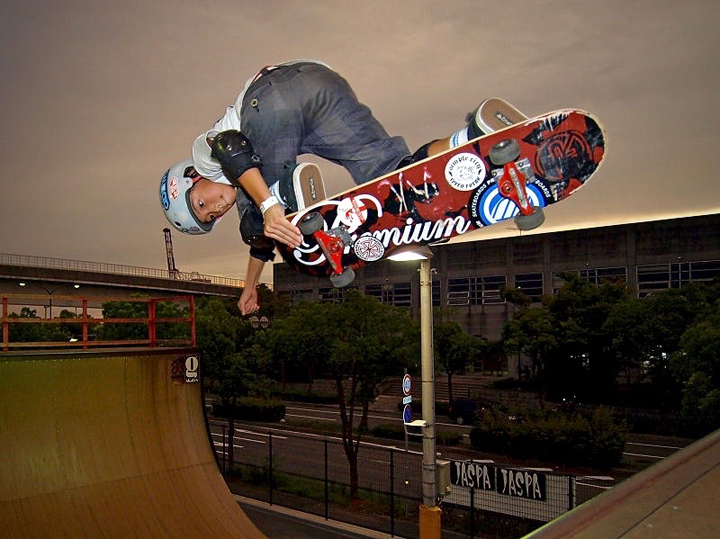
V: How was the first visit to the US?
M: I had never seen a non-Japanese vert skater of my generation before, so that was inspiring. Just watching people in my generation flying super high and doing McTwists. Of course, I had skated with Andy Mac, Neal Hendrix, Renton Miller and others in Shanghai before that, but I was still inspired by the skating of my generation and the practice session of the pros. I also realized that my skating had changed drastically when I came back to Japan. Before that, I was just skating on the G ramp, but I got to skate a 14-foot ramp in the US. That experience changed my mindset. There are people who say, "You'll get better if you skate in the US," but that's not the case. I gained a lot in California because I was skating my ass off in Japan. I don't think there is much to be gained by going there empty-handed.
V: Is the vert ramp different in the US? Did you ever have a hard time when you first started going to the US?
M: Definitely. In Japan, it's 13 feet. In the US, it's 13.5 to 14 feet. The G ramp I've been skating on for a long time is basically made for inline skating, so the transition and the flat bottom are shorter than normal ramps. There are differences like that, and in overseas competitions, there are three to four days of two-hour practice a day, but a low-class competitor like myself can only skate about 15 minutes a day. The pros only have the same amount of time to practice, so they have to fight for turns. It's very difficult to get in there with them, and they never let you in. Moreover, the ramp was completely different from the one I was used to in Japan. Of course I know I won't qualify, but I want to finish on a good note. Then I finally get used to the ramp the day before the competition... (laughs). People in the US skate that size of ramp every day so it's normal, but for me, I need to start from trying to get used to it, and then I have to fight with the pros to skate in the practice... If I'm persistent, they let me in like, "Go ahead." There were Japanese skaters who couldn't fight it mentally and couldn't even get their tails on the coping. Those who can't get in will disappear. But the ones who did get in would be told to go ahead, even if they were kids. And if they land their tricks, it would make it easier for them to get in from there. That's the kind of environment I was exposed to.
V: You first skated in the LA X Games in 2009, and won a silver medal in Austin in 2016. What were you doing during the seven years in between?
M: I was in Japan skating AJSA contests. I didn't go to the US at all. There were times when I wasn't in good shape and I hit rock bottom. I couldn't even do backside airs (laughs). At that time, I struggled to get back in shape... Up until then, I wasn't skating logically. So I gradually got back into shape and I went to the US for two weeks in 2014. It wasn't for a contest. I just want to see what level I was actually at. I also skated contests in Shanghai and Africa, but I never got invited to the X Games. I wanted to skate but I couldn't unless I'm invited... So I'd watch guys on TV that drop in at the X Games and finish on the first shot, and I'd think to myself, "I could definitely do better than that." So I was skating in other contests and in 2016, I finally got invited to the X Games even though I was unknown and didn't have any titles. I don't know where the pressure was coming from, but I was like, "I'm going to make shit happen."
V: And the result was the silver medal. Then the next year, you won gold at the X Games in Minneapolis.
M: I was determined to win since I came in second last year. It wasn't for the X Games in particular, but I wanted to come up with at least one trick that I can call my own. That's how I came up with Kamikaze, as people call it. I'm good at frontside gaytwist, so I thought if I mixed that with front foot impossible, which I'm also good at, it would be a rad trick. I didn't know if I could really do it, but I had been trying it during practice at contests. But just as I was getting ready for the X Games, I stretched the ligaments in my knee... I iced my knee and got it back to the point where I could knee-slide, but it was still unstable. But I had done a lot of imagining while I was recovering, so it felt better than before I got injured. And when I went to the US and tried it for the first time in practice, people there were super psyched. I was able to land it and I guess that's how I won. I was super relieved (laughs).
V: That was a perfect run. By the way, who named it Kamikaze?
M: Neal Hendrix and Lincoln Ueda came to me while practice and told me that the X Games would be televised and that I should name the trick. To be honest, I didn't care about the name... I told them I don't care and Neal said, "How about Kamikaze?" I was like, "Whatever, that's fine (laughs)." So it was Neal.
V: I get the impression that not many people do frontside gaytwists. Is that a deliberate trick selection?
M: I guess I was good at going from fakie, and a lot of skaters I saw in 80s videos were doing those kinds of tricks. There were times when I didn't think my frontside rotations were good enough, but I wanted to do them anyway. That's how I ended up doing the gaytwist Madonna, and as a result, the trick was unique and it became more prominent. I don't think it's cool to try and do something different just because no one's doing it. If the tricks you really like doing happen to be unique, I think that's the best thing and that becomes your style.
V: I don't think I've seen many gaytwist Madonnas.
M: Tony Hawk was doing it. I happened to see a video of him doing it when I was a kid, and the image had stayed with me ever since. I've always wanted to do it someday. The only person who could relate to the trick is Tony Hawk himself, so he would say to me, "I know it's hard to stop the rotation to pull out the legs and hit the tail on the coping." And he kindly told me, "That's your trick."
V: That's insane. By the way, Kamikaze is a trick that was born in Japan after Japan Air. G-SHOCK is a Japanese brand, and Hosoi Skateboards is owned by Christian Hosoi, who is Japanese-American. Do you carry any pride as a Japanese when you skate overseas?
M: Actually I don't like that kind of thing. On sports programs, they often say things like "the samurai spirit of the Japanese" or "the Japanese people have finally come this far." I'm not into that at all. I don't skate for the Japanese flag, and I think that should be done somewhere else.
V: I feel you. Now you've released a signature deck from Hosoi, right?
M: Before that, I was at Green Issue for a long time. It's a core brand with Bucky, Adrian Demain, Steve Saiz. After I won the X Games, Green Issue released my signature model. The following year in 2018, I skated at the Vans Pool Party for the first time, and Christian was there. We skated together, and then he invited me to Hosoi. Of course I've been a huge fan since I was a kid, and I've skated a lot of Hosoi models over the years, but I said no...
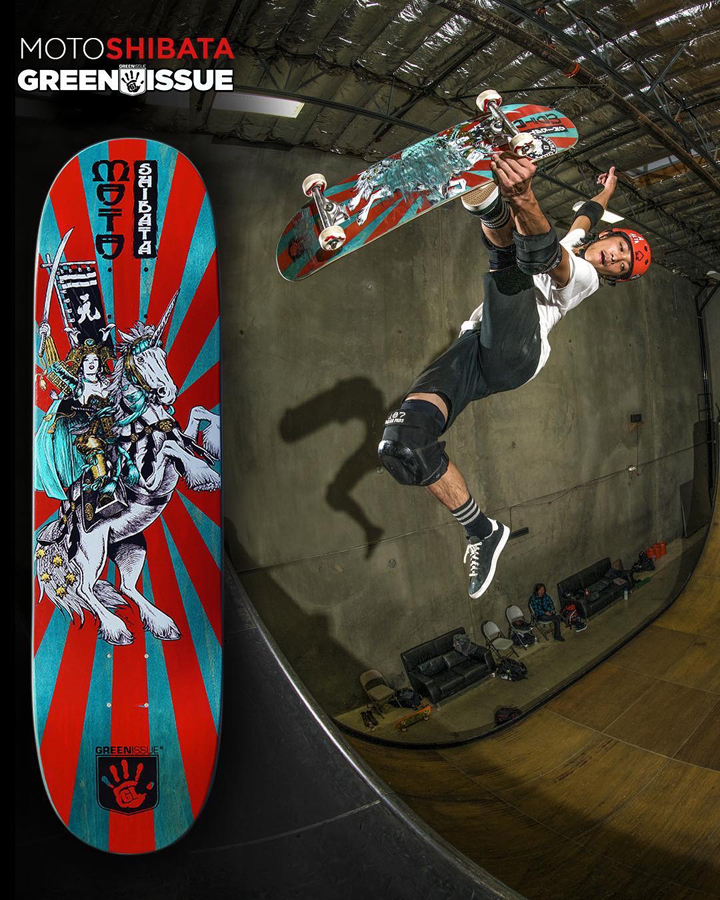
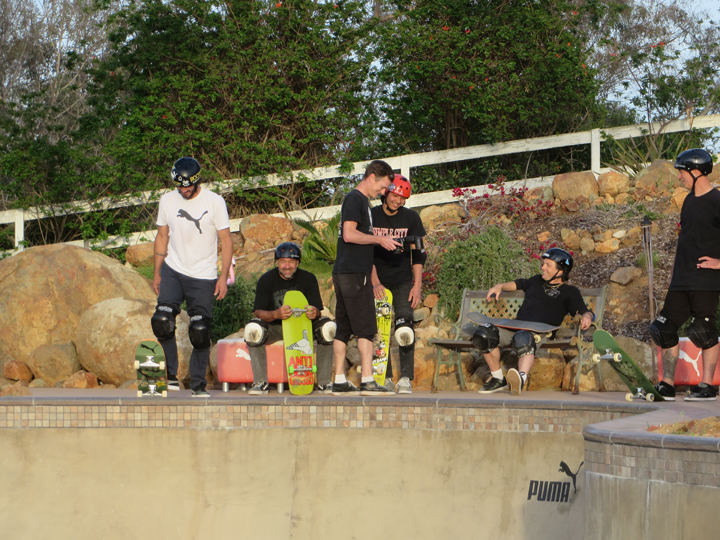
V: You said no...!?
M: Partly because the signature model had just come out, but also because there was a sense of camaraderie about Green Issue. I told him, "I don't plan to leave now, but I'd like to go someday, so please wait for me." At the end of the year, a lot of things happened, and it became difficult to continue with Green Issue. This person who was taking care of me told me that Powell or Birdhouse would be better for me in the future, but I decided to go to Hosoi because Christian was the first one to give me the offer. Then the person had contacted Tony Hawk about Birdhouse, and Tony invited me to join them. I didn't know what to do. If Tony Hawk and Christian Hosoi gave me the offer at the same time... (laughs).
V: They're the two gods of the 80s. And they're the heroes you used to watch videos of as a kid.
M: Exactly (laughs). In the end, it was my childhood dream to release my own board from Christian Hosoi. When I told Christian that I've decided to skate for Hosoi, he said, "I'm literally jumping around right now!" He was so happy (laughs). And when I went to California to skate the Vans contest again last year, Christian kept asking me, "What time do you arrive?" I wanted to get used to the bowl, go back early and rest, so I wasn't going out for dinner with him that day. I was also jet-lagged. So I met up with Christian at the Vans Park and was planning to leave around 4pm, but he told me that he had to leave for a bit to take care of something. He told me to never leave until 5pm... So I waited while I was skating, and then he came back with Eric Dressen and other guys, carrying something on his back. Then he gathered everyone together and brought out a cake... I thought it was someone's birthday. Then he goes, "Moto, welcome to Hosoi!" I was like, "Oh shit, it's me (laughs)." He gave me a long speech. After that, he gave me my signature board. I was like, "Wow (laughs)!"
V: That gives me goosebumps (laughs).
M: He was like, "It was hard to keep this a secret. I wanted to tell you even before you left Japan." I thought, "Oh, that's why he was so persistent (laughs)." Christian is a Vans rider, so he thought it would be a good idea to surprise me at the contest, but I got my board first and was able to skate on it, and I didn't know how well I could do with the bowl... But I was able to finish 3rd and Christian was happy, so it was a very emotional contest for me.
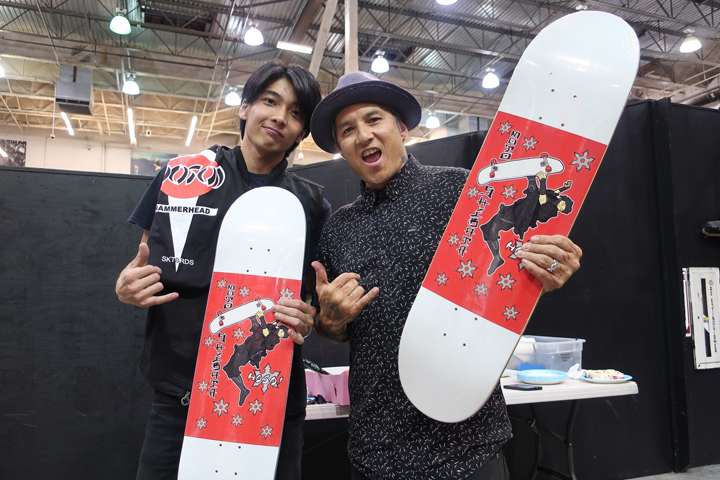
V: What's it like to be a pro for your childhood hero's brand?
M: I felt happy and it was unbelievable, but when we skate together, we're just skaters. On the other hand, Christian doesn't really keep up with the current vert skating. He mainly skates bowls now. So I tell him about the current vert skating (laughs).
V: You have both technique and style. Having seen the mature scene in California where generations are linked together, what do you think is lacking in the Japanese vert scene?
M: I don't think anyone would understand if I said it out loud, so I guess it doesn't matter what I say. But the other day when I was skating in Tokyo, I was happy to see Hisashi Koyama (the first person in Japan to land the McTwist). Skating with someone like that was like skating with Tony Hawk or Caballero in the US. If you look for it, there definitely is a vert culture in Japan. So it doesn't really matter if it's the US or Japan.
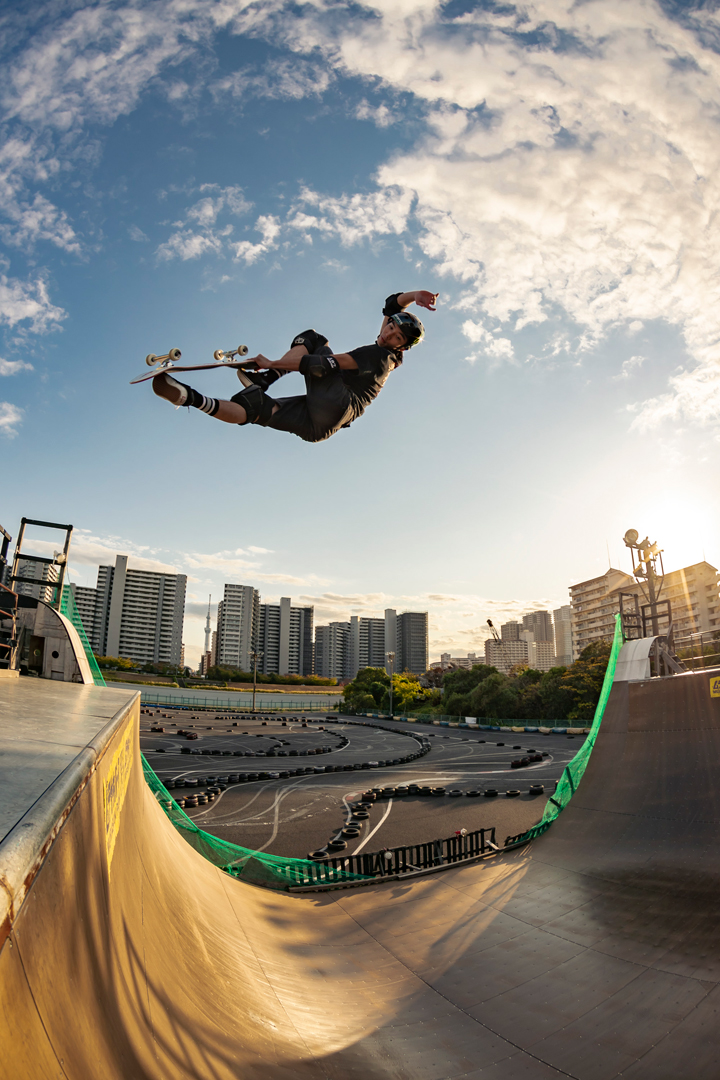
V: That's true. By the way, on a completely different note, why don't you have a smartphone?
M: Oh... Well, that's because... I don't need to use it (laughs).
V: (laughs). I know you have travel restrictions now due to COVID so it's tough, but what are your plans for the future?
M: Until I'm able to travel to the US, I'm just waiting and preparing for contests. I don't know what the X Games will be like in the future, but I have an idea of what I want to do in my run. But I also want to have my own vert ramp. There were times when the park was closed due to COVID. If I had my own ramp, I wouldn't be affected by that kind of problem. Also, I wouldn't have to start by getting used to the ramp at overseas contests. I don't know when it will come true, but in many ways I would like to fulfill my dream of having my own ramp.
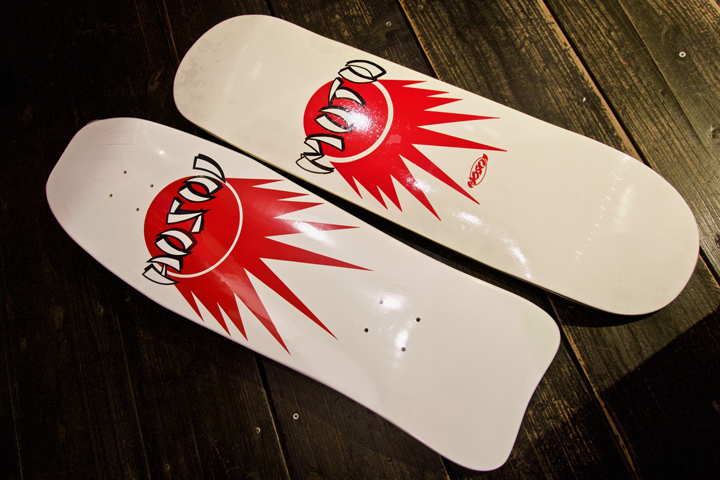
Moto Shibata
@motoshibata
Born in 1995 in Osaka, Japan. As a world-renowned vert skater, he won the gold medal at the X Games Minneapolis in 2017. He rides for Hosoi, G-Shock, Monster Energy, Vans, Independent, Bones, PRO-TEC, 187 and Simple City.



